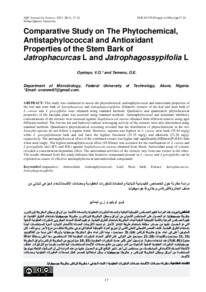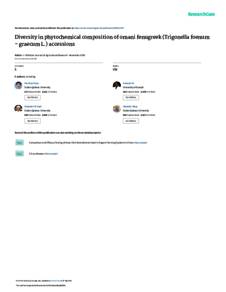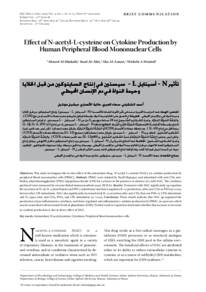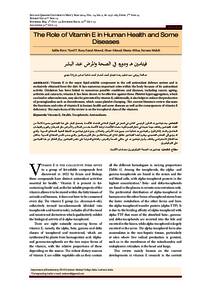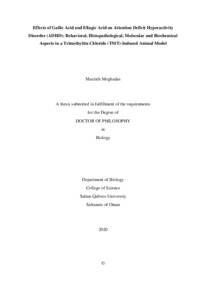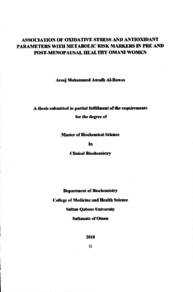Document
The allelopathic effects of Persicaria salicifolia on the growth and antioxidant enzymes of Synechocystis pevalekii and Tetradesmus bernardii.
Identifier
DOI:10.53539/squjs.Splisspp24-33
Source
Sultan Qaboos University Journal for Science, v. 29, no. 2, p. 24-33.
Contributors
Adam, Mahmoud Salama., Author
Al-Badaani, Arwa Ahmed Ali., Author
Hifney, Awatief Fahmy., Author
Hassan, Sedky Hassan Ali., Author
Other titles
تأثيرات الأليلوباثية لنبات Persicaria salicifolia على النمو والانزيمات المضادة للأكسدة لطحلبى Synechocystis pevalekii و Tetradesmus bernardii.
Country
Oman.
City
Muscat
Publisher
College of Science, Sultan Qaboos University.
Gregorian
2024-08-16
Language
English
Subject
English abstract
In recent years, there has been an increasing focus on the prospect of exploiting macrophytes as an alternative strategy to control undesired algal growth. The present research was conducted to study the effect of different concentrations of an aqueous stem extract of Persicaria salicifolia on the growth, some metabolites, and antioxidant enzymes of the green microalgae Synechocystis pevalekii and Tetradesmus bernardii. Chlorophyll a, dry weight, total protein, total carbohydrate, and proline contents of the tested algae decreased with increasing the crude extract concentrations of P. salicifolia. In general, catalase, superoxide dismutase, and lipoxygenase activity of T. bernardii increased with increasing the aqueous extract of P. salicifolia. The identification of phytochemical components of the plant extract by gas chromatography-mass spectrometry (GC-MS) revealed the presence of various biologically active compounds such as 11-Octadecenoic acid, methyl ester (18.03%) and 9,12-Octadecadienoic acid methyl ester (15.03%) that are capable of inhibiting the growth of S. pevalekii and T. bernardii. Therefore, P. salicifolia may provide a cheap and environmentally friendly alternative for controlling microalgae in aquatic ecosystems.
ISSN
Online: 2414-536X
Print: 1027-524X
Arabic abstract
في الآونة الأخيرة، زاد الاهتمام باستغلال النباتات المائية كبديل لمقاومة نمو الطحالب الغير مرغوب فيها. أجريت هذه الدراسة لمعرفة تأثير التركيزات المختلفة من المستخلص المائي لساق نبات Persicaria salicifolia على النمو وبعض الأنشطة الأيضية وكذلك الإنزيمات المضادة للأكسدة لطحلبى Synechocystis pevalekii و Tetradesmus bernardii. لوحظ نقص في محتوى الكلوروفيل، الوزن الجاف، البروتينات الكلية، والكربوهيدرات الكلية مع زيادة تركيزات المستخلص المائي لساق نبات P. salicifolia. بشكل عام زاد نشاط إنزيم الكاتالاز في كلا الطحلبين. تم تعريف المكونات الكيميائية النباتية للمستخلص باستخدام تقنية GC-MS وتم التوصل إلى وجود مركبات نشطة حيويًا مثل 11-Octadecenoic acid, methyl ester (18.03%) و 9,12-Octadecadienoic acid methyl ester (15.03%) والتي من المحتمل أن تكون السبب في تثبيط نمو الطحلبين S. pevalekii و T. bernardii. وبالتالي يمكن استخدام نبات P. salicifolia في التخلص من الطحالب الدقيقة الغير مرغوب فيها في البيئات المائية المختلفة.
Category
Journal articles

